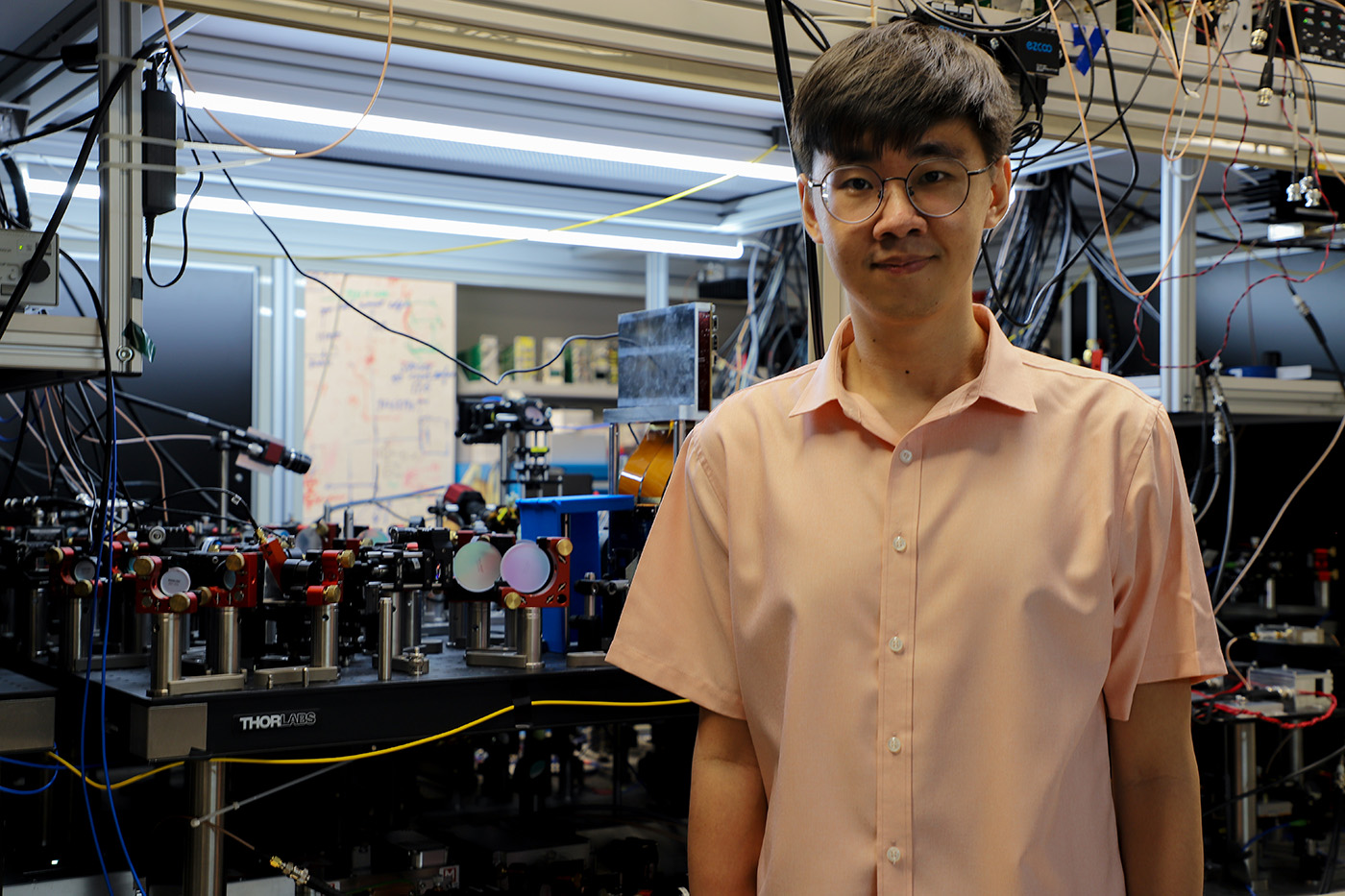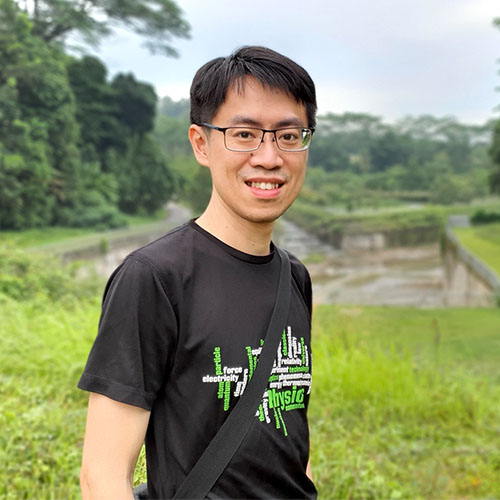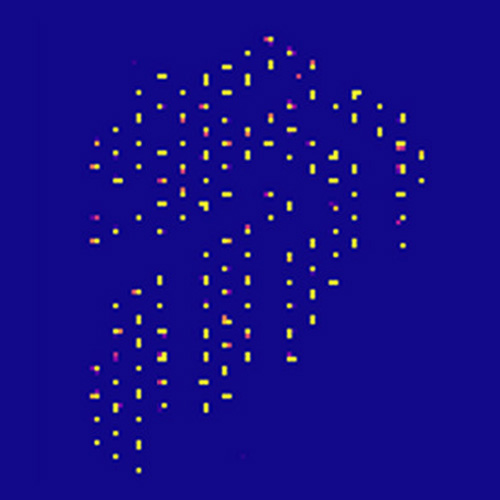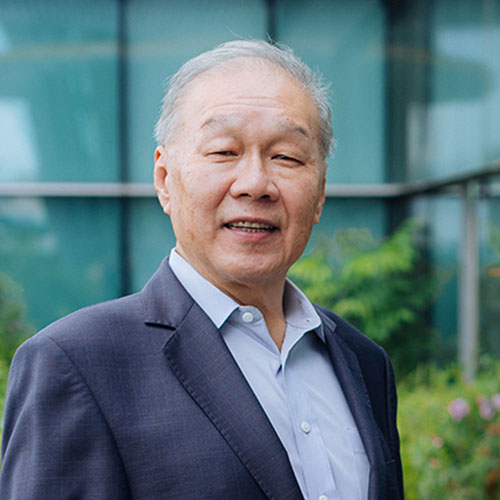Highlights
Meet a CQTian: Wee Wen Jun
 Wen Jun is building a neutral atom array platform that is versatile and stable for quantum simulations.
Wen Jun is building a neutral atom array platform that is versatile and stable for quantum simulations.
Who are you and how did you come to be at CQT?
I am Wen Jun, a research assistant from Loh Huanqian’s lab. I first met Huanqian as a student in her course and she offered me a valuable opportunity to work in her lab. The way she described her project on realising single atoms in movable tweezers really enticed me. Since then, I have been working as an intern and did my Undergraduate Research Opportunities Programme in Science (UROPS) project and Final Year Project with her, before continuing on as a research assistant.
Congratulations on winning the University’s Lijen Industrial Development Medal, Outstanding Undergraduate Researcher Prize and Sembcorp Marine Prize for your work with the lab! Please share a little more about the project.
My project involves building a neutral atom array platform that is versatile and scalable for quantum simulations. One key requirement is being able to simulate atom arrays with various geometries, which are mappable to interesting theoretical models in condensed matter physics. To do so, we build movable optical tweezers that can hold atoms in place or transport them around. To ensure that atoms stay trapped during the process of rearranging into a desired geometry, we also develop algorithms to make the process fast, yet smooth. At present, we have the capability to rearrange atoms to form geometries of up to 225 atoms, comparable to the state-of-the-art anywhere in the world.
What was it like working on the experiment?
Working on the experiment was tremendously enriching for me. The nature of the problems that I dealt with were unlike anything that I encountered in my classes and required me to develop a different way of thinking. For instance, the problems tend to be more open-ended and require me to consider plausible explanations beyond the main principles. Though it was challenging, I still find myself enjoying what I do.
What were some of the challenges?
I would say that one of the biggest challenges stems from how tiny the physics that we are probing is. We can probe our physical system only by atom fluorescence imaging. From the images, we can only tell if an atom is there or isn’t there. There isn’t a lot of information that we can extract out at one go. We need to design numerous experiments and test carefully to isolate and obtain the measurements that we want.
What did you learn during the work?
Over time, I learnt be more patient and resilient. When things did not go smoothly, I focused on how to resolve problems in steps. I also realised the importance of being relentlessly detailed and logical while questioning every assumption as often the biggest problems stemmed from the smallest oversights.
Did you already know as an undergrad that you would be interested in quantum physics?
While I knew that I would focus on quantum physics, I did not expect to step into the field of atomic physics. I had little knowledge of atomic physics, too little to know if I was interested in it, but I just tried it out anyways. I quickly gained interest as I realised that atomic physics already has applications in many scientific fields and still has the potential to impact even more.
Do you have plans to continue to pursue physics?
I am currently contemplating between pursuing further studies and entering the industry.
What are your hobbies or interests outside of work?
I try to reserve some time each day to relax and keep stress levels under control. During this time, I enjoy watching movies, playing table tennis or treat myself to a nice meal. Occasionally, I play carom, billiards and squash, all of which I like a lot as they allow for creativity and complexity in how shots can be taken.
Learn more
Related Stories
 | Meet a CQTian: Haw Jing Yan November 24 2022 |
 | Many tweezers make light work of atom-array assembly March 16 2023 |
 | Meet a CQTian: Low Teck Seng December 07 2022 |






